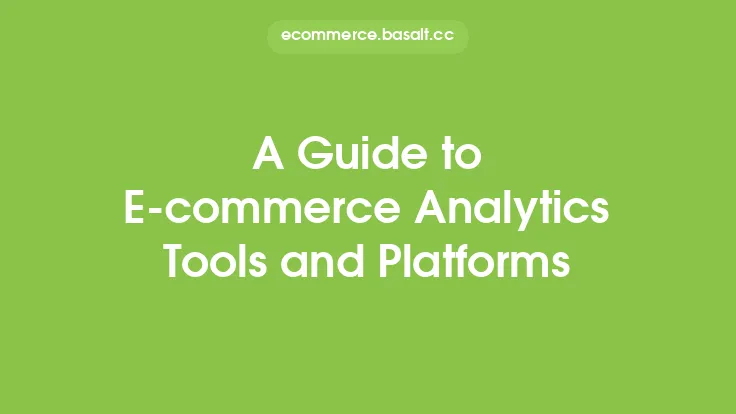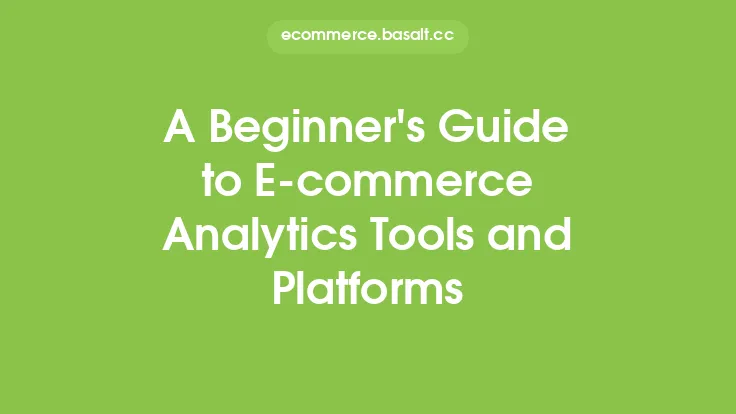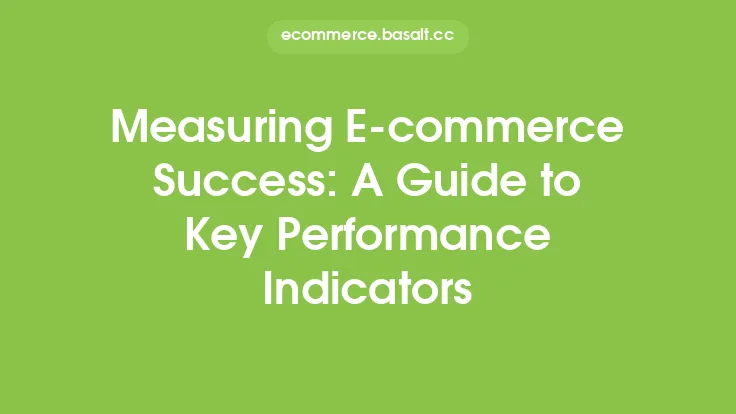When it comes to running a successful e-commerce business, one of the most critical aspects to consider is shipping. Shipping options and their associated costs can have a significant impact on the overall customer experience, as well as the profitability of the business. In this article, we will delve into the various e-commerce shipping options available, their cost implications, and the factors that influence these costs.
Types of Shipping Options
There are several types of shipping options available to e-commerce businesses, each with its own set of advantages and disadvantages. The most common shipping options include ground shipping, air shipping, express shipping, and freight shipping. Ground shipping is the most economical option and is typically used for non-urgent deliveries. Air shipping is faster than ground shipping but more expensive. Express shipping is the fastest option, with delivery times ranging from one to three business days, but it is also the most expensive. Freight shipping is used for large or heavy items and can be either by ground or air.
Cost Implications of Shipping Options
The cost of shipping is influenced by several factors, including the weight and dimensions of the package, the shipping destination, and the shipping method. The cost of shipping can be calculated using a variety of methods, including weight-based pricing, dimensional weight pricing, and flat rate pricing. Weight-based pricing is the most common method, where the cost of shipping is based on the weight of the package. Dimensional weight pricing takes into account the dimensions of the package, as well as its weight. Flat rate pricing is a fixed cost per package, regardless of weight or dimensions.
Factors Influencing Shipping Costs
Several factors can influence the cost of shipping, including fuel surcharges, delivery area surcharges, and package handling fees. Fuel surcharges are additional fees added to the cost of shipping to account for fluctuations in fuel prices. Delivery area surcharges are fees added to the cost of shipping for deliveries to remote or rural areas. Package handling fees are fees charged for handling and processing packages, such as packaging materials and labor costs.
Shipping Carriers and Their Services
There are several shipping carriers available to e-commerce businesses, each with its own set of services and pricing. The most common shipping carriers include the United States Postal Service (USPS), UPS, and FedEx. The USPS is a popular choice for e-commerce businesses due to its affordable rates and wide range of services. UPS and FedEx offer a range of services, including ground, air, and express shipping, as well as additional services such as tracking and insurance.
Packaging and Shipping Materials
The type of packaging and shipping materials used can also impact the cost of shipping. The use of sturdy and durable packaging materials can help reduce the risk of damage during transit, which can result in costly returns and replacements. The use of eco-friendly packaging materials can also help reduce waste and minimize the environmental impact of shipping. Additionally, the use of custom packaging materials can help enhance the customer experience and build brand awareness.
Calculating Shipping Costs
Calculating shipping costs can be complex and time-consuming, especially for e-commerce businesses with a large volume of orders. There are several tools and software available to help calculate shipping costs, including shipping calculators and integrations with e-commerce platforms. These tools can help automate the shipping process, reduce errors, and provide accurate shipping costs.
Strategies for Reducing Shipping Costs
There are several strategies that e-commerce businesses can use to reduce shipping costs, including negotiating with shipping carriers, using regional shipping carriers, and optimizing packaging materials. Negotiating with shipping carriers can help e-commerce businesses secure discounted rates and improve their shipping costs. Using regional shipping carriers can help reduce shipping costs by taking advantage of local delivery networks. Optimizing packaging materials can help reduce waste and minimize the environmental impact of shipping, while also reducing shipping costs.
Conclusion
In conclusion, e-commerce shipping options and their cost implications are critical aspects of running a successful e-commerce business. Understanding the various shipping options, their cost implications, and the factors that influence these costs can help e-commerce businesses make informed decisions and optimize their shipping strategies. By choosing the right shipping options, calculating shipping costs accurately, and implementing strategies to reduce shipping costs, e-commerce businesses can improve the customer experience, increase profitability, and stay competitive in the market.





